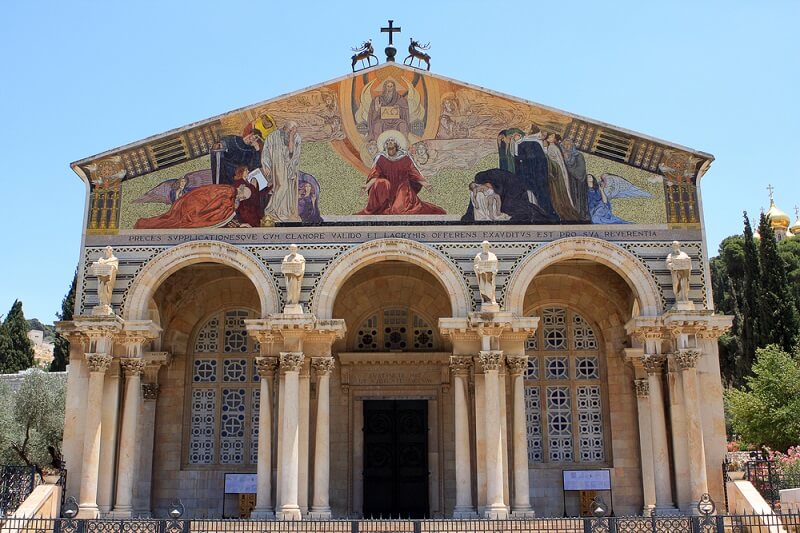 |
| Ariel Schalit/AP |
Usually
tens of thousands of pilgrims pack the Church of the Holy Sepulchre and
surround the Edicule, the inner sanctum that houses the spot where tradition
says Jesus was entombed and resurrected.
This
year, no pilgrims attended. The church has been closed to visitors since last
month, as all houses of worship in the Holy Land have shuttered their doors.
The
ceremony was broadcast
live to tens of thousands of Orthodox Christian believers around the
world. Clergy from Greek Orthodox, Armenian, Coptic and Syriac churches were
represented at the ceremony, with a few Israeli policemen standing guard.





























